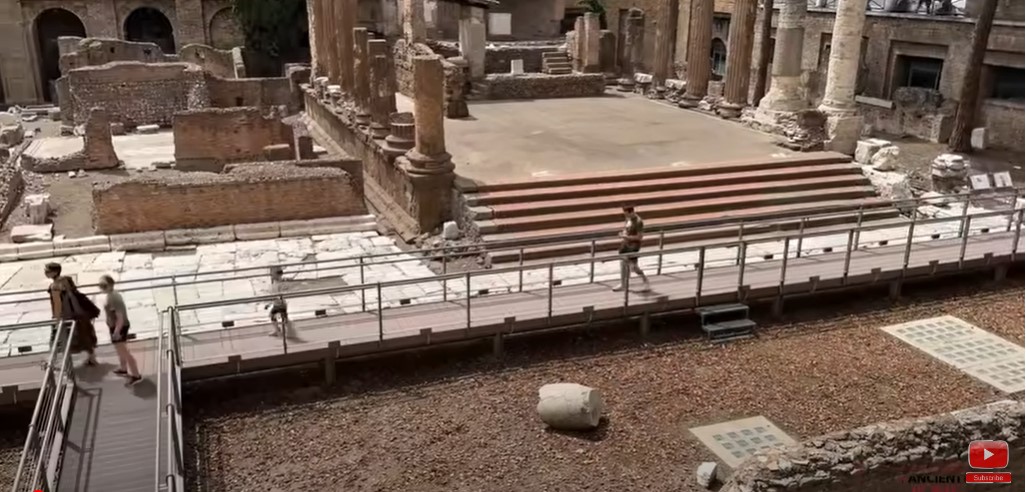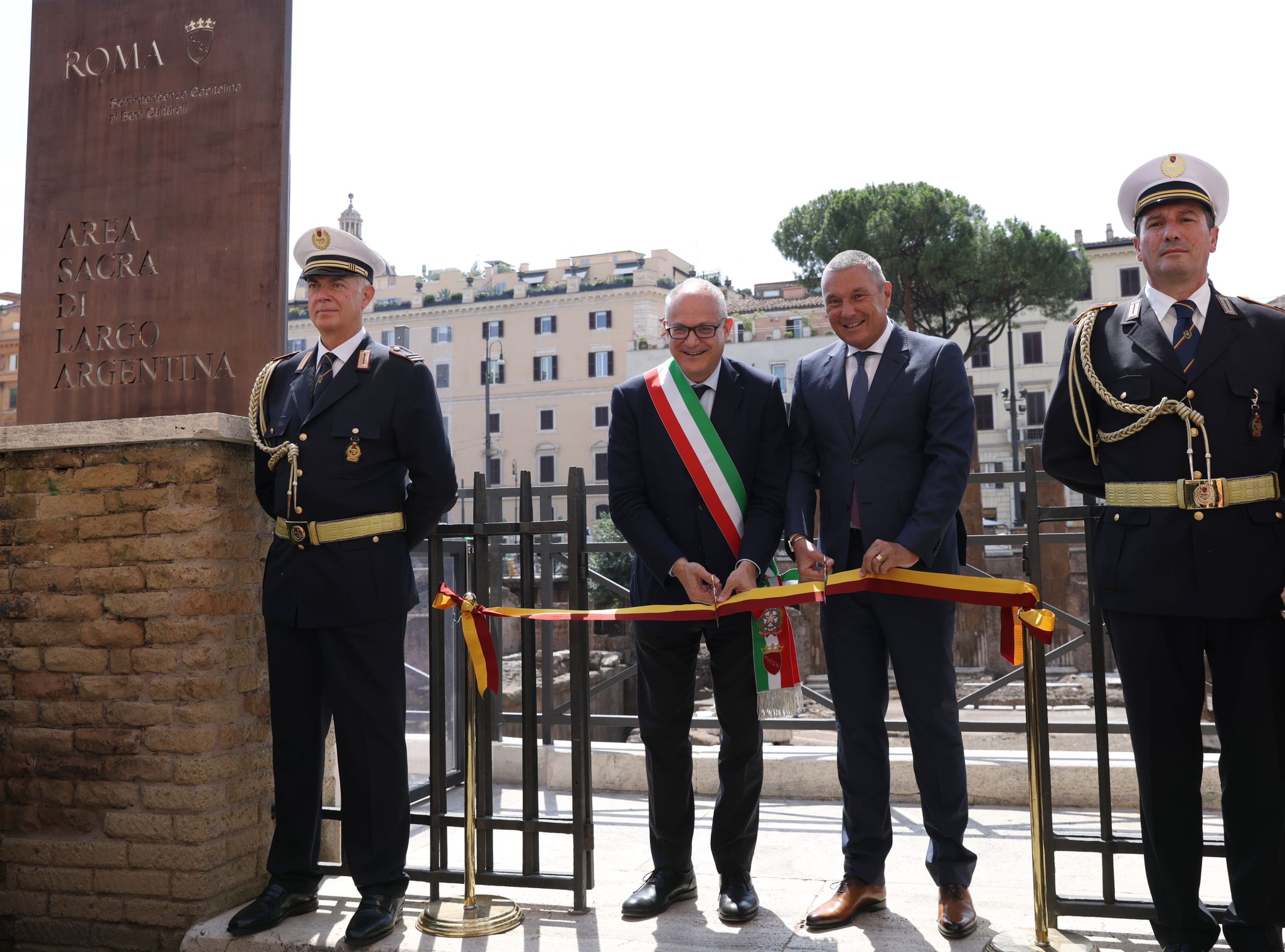The great Julius Caesar is practically synonymous with ancient Rome. He has been a favorite subject of literature, art and films. Who hasn’t heard of the Ides of March and hasn’t thought, “if only he had listened to his wife and stayed home that day”?
Instead, on March 15, in 44 B.C. he went to the Curia–the hall that once hosted the Roman Senate–to meet his death at the hands of the senators who stabbed him 23 times, and as legend has it, he collapsed with “Et tu Brutus” on his lips.
Now you can visit the very spot where this dramatic historical event took place, walk where the senators stalked him, and stand where the unsuspecting Caesar fell.

All this occurred in Largo di Torre Argentina, and there’s more. This is one of the most important archeological sites in what is probably the most historically rich city in the world. The Largo, considered sacred by ancient and modern-day Romans, contains the remains of four Roman Republican temples, Pompey’s Curia and Pompey’s Theatre as well.
It has recently been opened to tourists with a brand-new elevated walkway that brings visitors to the spot where Julius Caesar was assassinated. Before, tourists were only allowed to see the landmark from above. Visitors can explore the ruins of the temples and theater up close and learn fascinating details about the history of ancient Rome. But most of all, if you have a vivid imagination, you can see yourself in ancient Rome on the fateful day.

Largo Argentina (Largo means square) opened to the public this week, according to Rome’s mayor. The new access is thanks to a series of walkways (and nighttime illumination) funded by the luxury jeweler Bulgari, The Associated Press reported.
“Happy to be able to give back to the Romans and tourists the Sacred Area of Largo Argentina in all its beauty,” Mayor Roberto Gualtieri wrote in a Facebook post, calling the site “a real precious jewel made of history, art and culture, nestled in the heart of our city.”

Gualtieri added that visitors will be able to “literally immerse themselves in History” by visiting the wall of the Curia of Pompeo where Caesar was killed.
The walkways are accessible and both wheelchair and stroller friendly. To reach the ruins, travelers can either descend on a staircase or use an elevator platform, the AP noted. General admission will cost 5 euros (about $5.50), and the ruins will be open every day except Mondays and some holidays.

Tickets are available for purchase. In the video included in this article noted archeologist Darius Arya gives you precious details on the newly available attractions in the reconstructed site and useful advice on where to buy the tickets, where the tour starts, how to access the elevator and more.
Previously, the ancient spot was only visible from the street level; that is, on a higher ground than the temples, which were first unearthed in the 1920s as part of dictator Benito Mussolini’s plan to change the landscape of the city. Now, as you can clearly see from the pictures, there are extensive walkways that bring you up close to the four temples and the assassination site.

“We go forward in this way to enhance and make more and more fruitful and attractive the great city’s cultural heritage that never ceases to amaze with its treasures and wonders,” Gualtieri said in his Facebook post.
Beyond the newly accessible site, Rome is known for its ruins both above and below ground. Travelers can visit everything from an ancient apartment complex beneath the city’s famous Trevi Fountain to a still-functioning aqueduct in the basement of the popular department store, La Rinascente on Via del Tritone, and so much more.











